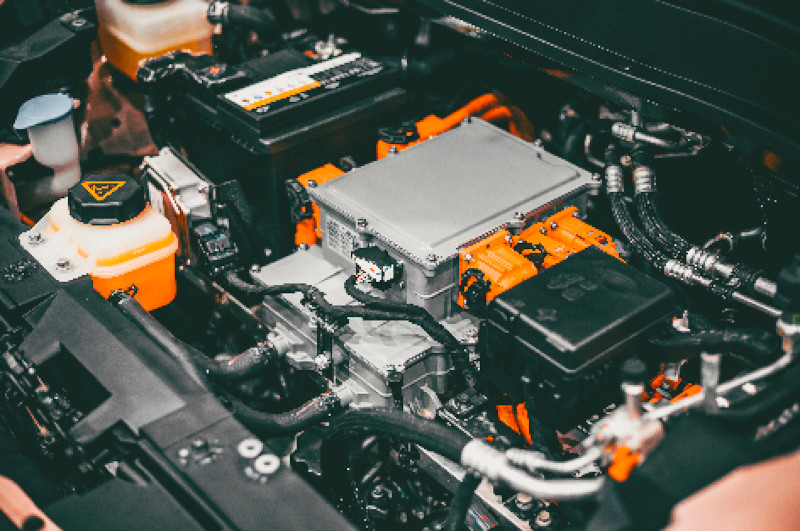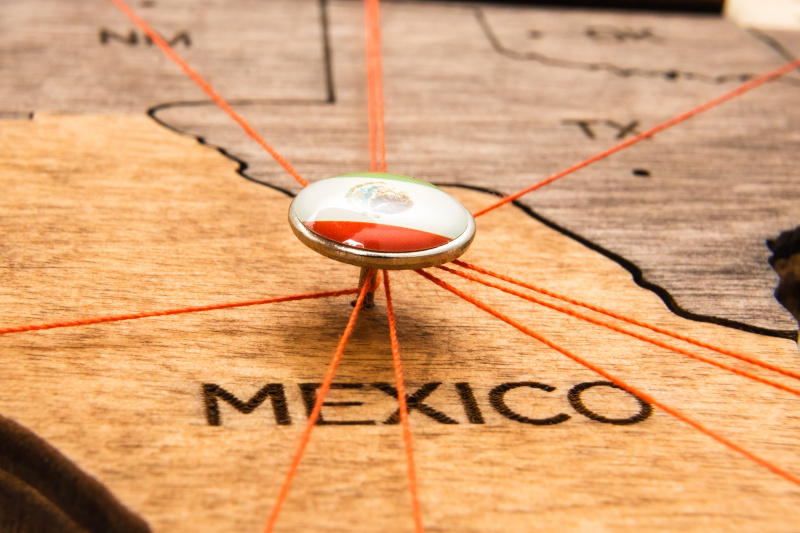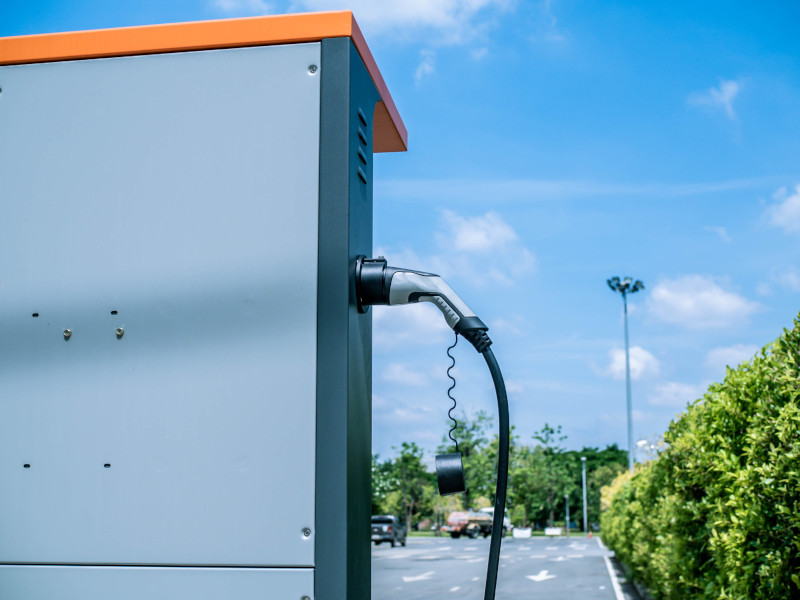One of the most significant issues facing the makers and shippers of electric vehicle batteries (EVBs) is that there is no “one-size-fits-all” solution when it comes to packaging. With regulations and restrictions changing all the time, the already-difficult task of shipping can become a major cost of money and time.
In today’s environment, shipping can actually be a place where companies lose money. And, far too often, they don’t maximize every possible saving within the process. That results in hidden cost drivers that can chip away at your profit margins.
What are the steps to take to best-in-class battery packaging? A cohesive, detailed, and multi-faceted approach is the only way to go.
RESEARCH
The first step is to review the latest regulations. “Lithium batteries are regulated as a hazardous material under the U.S. Department of Transportation’s (DOT’s) Hazardous Materials Regulations (HMR; 49 C.F.R., Parts 171-180).” As such, Lithium batteries must conform to all applicable HMR requirements when transported by air, highway, rail, or water.
It’s important to note: lithium batteries in all sorts of devices have been under scrutiny since the mid-2000s. Threats from fires, and concerns over standard fire suppression equipment in cargo bays have resulted in a bevy of regulations that have continually evolved and have been continually updated.
Companies have to expect and anticipate that a packaging solution that works today might not be compliant in the future.
EVALUATE
Every step in your supply chain can either be a place to save money with careful planning—or a place to lose revenue. The key for effective and economical packaging is to work with your supply chain as a whole, knowing how each step relates to the other and creating packaging that supports all aspects including:
- Material Costs
- Labor Usage
- Functionality
- Durability
- Re-usability
- Ergonomics
- Cube Efficiency
- Line-Side Orientation
- Packaging Inventory Management
- Strength-to-Weight Ratio
A safety-first, holistic evaluation process leverages your particular needs into a customized and cost-effective packaging solution. This will not only get your EVB from shipping center to customer with no issue in transit—it will also save you money.
DESIGN
Finally, you will need to create a design that works for today and can quickly adapt to any future regulation or product needs. Your packaging should evolve with your business. Companies also need to stay up to date on the latest in green technology and options for packaging; green is not only the future; it’s also shaping up to be a great way to save revenue.
ABOUT PACKAGING CONCEPTS & DESIGN
PCD is an industry leader whose approach and successes have redefined the packaging industry. Our mission is to provide companies like yours with the customized packaging tools, shipping support, flexibility, and 24/7 customer support that will turn packaging into an element of your business that actually helps your bottom line.
If you and your team have already figured out your ideal packaging, there’s no need to reinvent the wheel and spend unnecessary time and money. Packaging Concepts and Designs is always happy to quote a price for existing designs.
We can also help you through the process above and find best-in-class battery packaging design for your EVB. Here at PCD, we employ a holistic approach to creating packaging. We look at every facet of your product and supply chain to create the best and most economical solution for your electric vehicle battery. PCD is an industry leader whose approach and successes have redefined the packaging industry. Our individualized, supply-side approach is supported by over seven hundred multi-material manufacturers and vendors.





